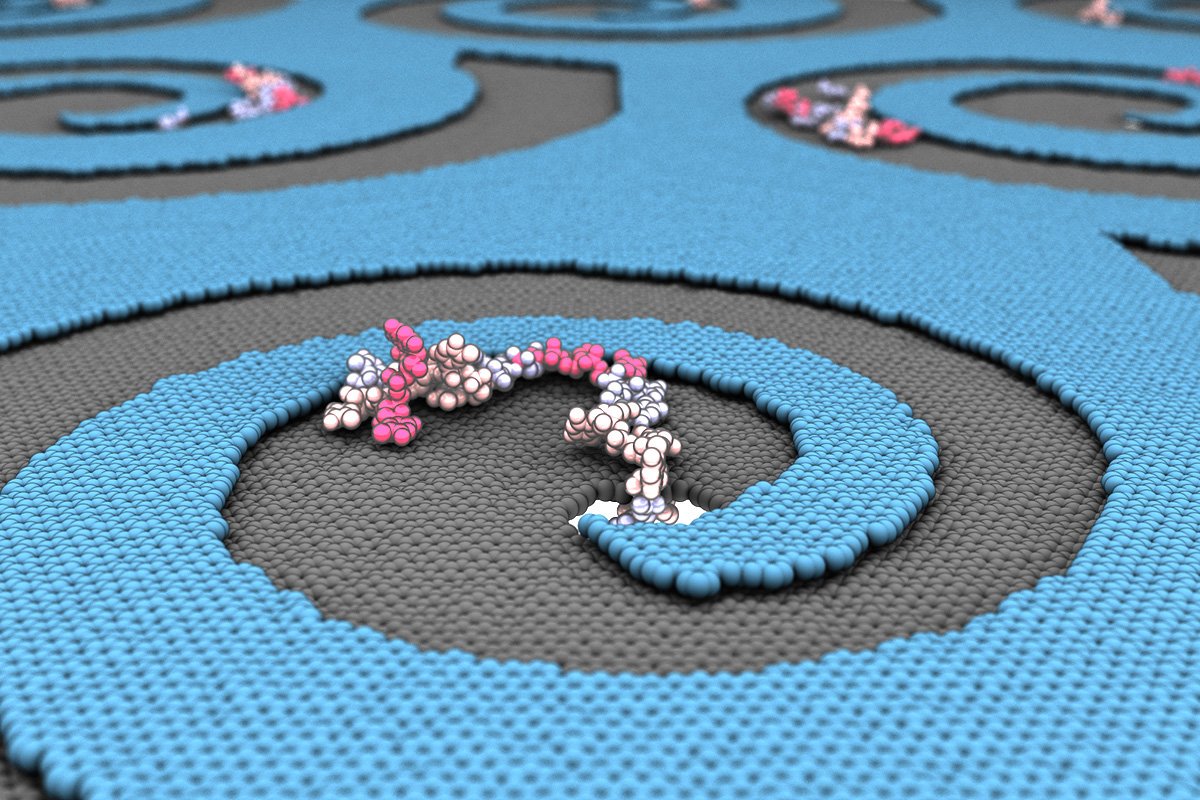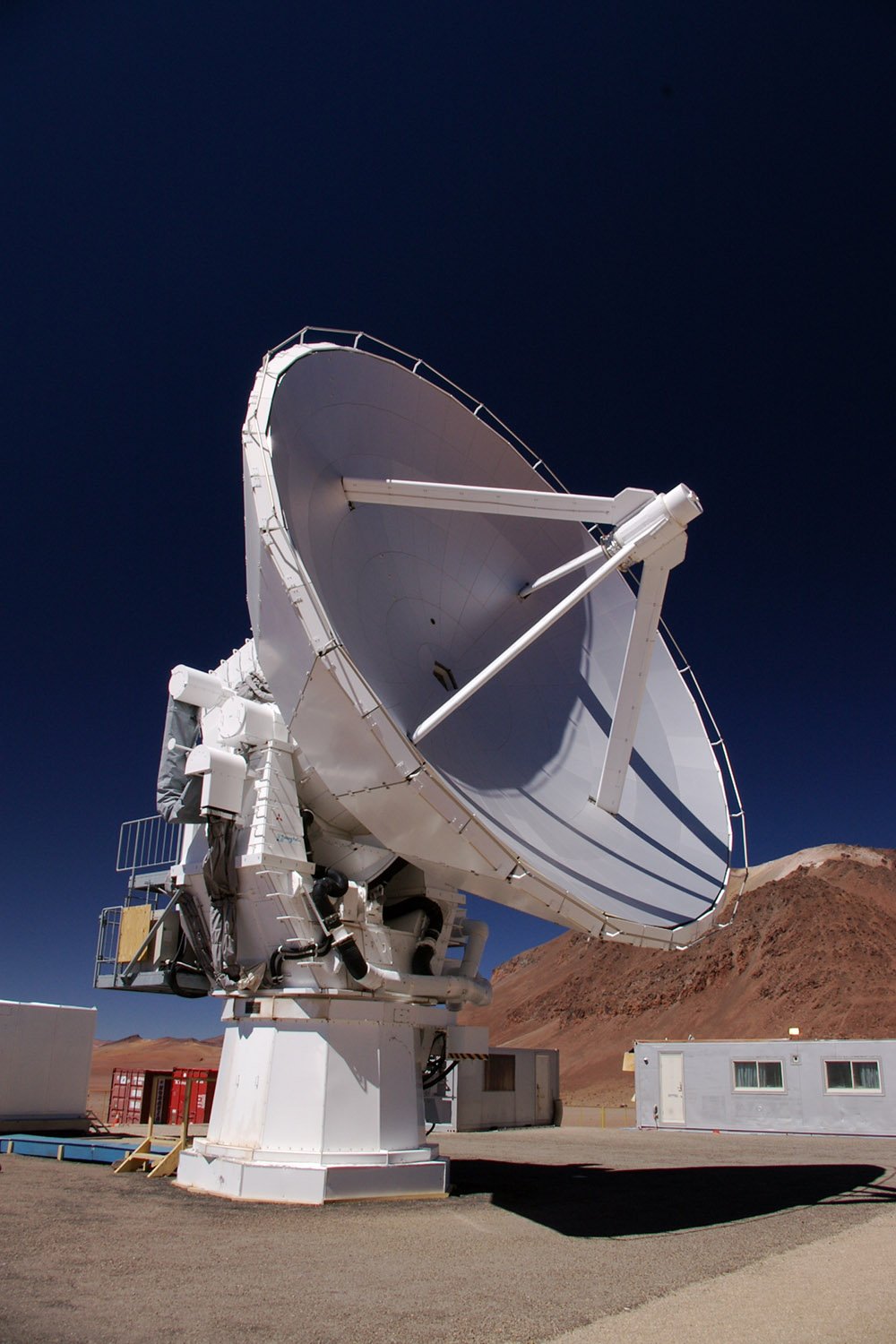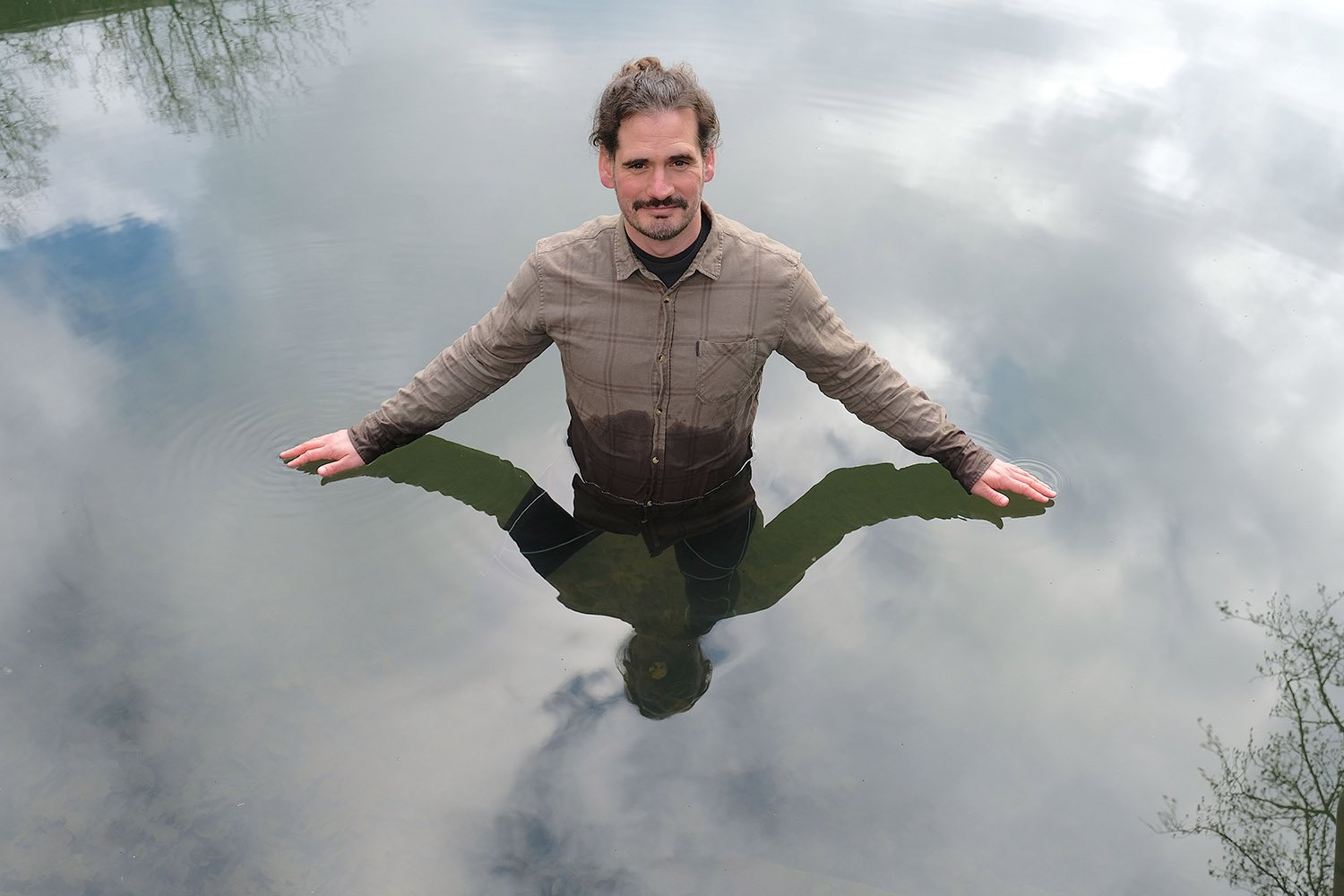Researchers embrace imperfection to improve biomolecule transport
While watching the production of porous membranes used for DNA sorting and sequencing, University of Illinois researchers wondered how tiny steplike defects formed during fabrication could be used to improve molecule transport. They found that the defects – formed by overlapping layers of membrane – make a big difference in how molecules move along a … Read more









